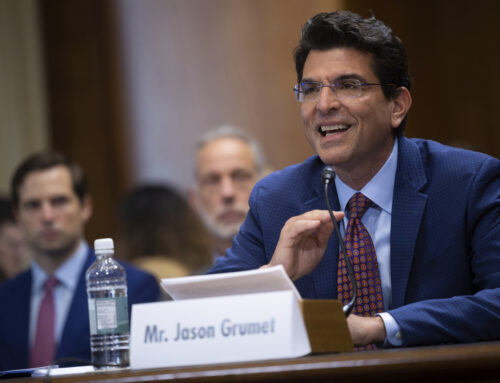U.S. Power Sector Milestone: Fossil Fuels Drop Below 50%
April 29, 2025
For the first time in history, fossil fuels supplied less than half of the United States’ electricity generation for an entire month, according to new data released by energy think tank Ember. This milestone, achieved in March 2025, represents a turning point in the evolving energy mix of the world’s largest economy.
Historically, fossil fuels—primarily coal and natural gas—have dominated U.S. electricity production. But the steady rise of renewables over the past two decades has chipped away at their dominance. In March, wind, solar, hydro, and nuclear collectively overtook coal, oil, and gas, with fossil fuels accounting for just 48.9% of total generation.
However, note that this is an estimate of total generation, including small scale systems that are not connected to the grid. According to EIA data, fossil fuels still account for about 64% of electricity generation by utilities.
What’s Driving the Shift?
Several factors converged to make this moment possible.
First, renewable energy capacity has expanded rapidly. Wind and solar are now mainstream technologies, supported by state mandates, federal tax incentives, and falling costs. Wind generation alone grew 12% in March year-over-year, and solar jumped by a remarkable 37%.
Second, seasonal demand patterns played a role. March is typically a shoulder month for electricity demand—warmer than winter but not yet summer hot—which tends to reduce the need for gas-fired peaking power plants. Lower demand allows zero-marginal-cost renewables like wind and solar to play a more prominent role on the grid.
Third, coal continues its long decline. Once the backbone of U.S. power generation, coal’s share of the mix has been in free fall since the mid-2000s. In March, coal accounted for just 15% of overall electricity generation (and ~18% of electricity produced by utilities).
Nuclear power also remains a steady contributor, generating around 19% of electricity, while hydro added another 7%. Combined, these non-fossil sources provide a rapidly growing part of the U.S. grid, with gas providing backup during peaks and seasonal extremes.
A One-Month Wonder, or a Trend?
It’s important to view this milestone in context. April’s low fossil fuel share is partly seasonal, and likely to rebound in the hotter summer months when demand for air conditioning increases and natural gas generation ramps up. Indeed, in 2023, fossil fuels still provided 60% of total annual electricity generation.
However, the trajectory is clear: renewable energy is rapidly scaling, and fossil fuels—especially coal—are losing ground.
The Inflation Reduction Act (IRA), passed in 2022, has accelerated investment in clean energy infrastructure. Billions of dollars are now flowing into solar, wind, battery storage, and transmission upgrades. Analysts project that renewables will continue to take a growing share of the power mix, driven not just by policy, but by economics. In many parts of the country, new wind and solar projects are already the lowest-cost option for new generation.
Grid Reliability and the Energy Transition
One lingering concern is reliability. Fossil fuels, especially natural gas, still provide critical dispatchable power when the sun isn’t shining or the wind isn’t blowing. The challenge now is to scale clean, reliable alternatives, such as long-duration energy storage, advanced nuclear, and grid-interactive demand response.
There are also regional differences to consider. Some states—like California and Texas—have made significant strides in renewable integration, while others remain heavily reliant on fossil fuels. Building out the national transmission grid will be essential to balancing these disparities and ensuring a reliable, resilient system.
A Glimpse Into the Future
The March data doesn’t mean the U.S. has “solved” the energy transition—but it does offer a preview of what the grid could look like in the not-so-distant future. As technology improves, costs continue to fall, and policy support remains strong, it’s likely that fossil fuels will make up less than half of the annual electricity mix within this decade.
For investors, utilities, and policymakers, the message is clear: the momentum behind clean electricity is real. Those who prepare for this transition—by investing in clean infrastructure, modernizing the grid, and rethinking electricity markets—will be best positioned for the energy system of tomorrow.
Search
RECENT PRESS RELEASES
Related Post



